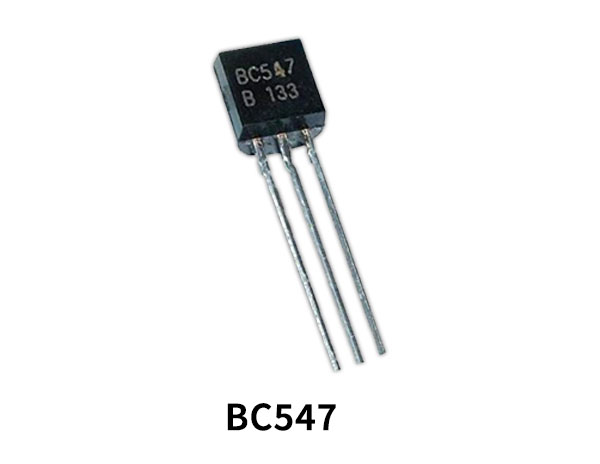Fire sensor circuits are very useful in detecting any smoke or fire in a mall or building. This tutorial helps us to design a simple Fire Sensor Circuit using a BC547 transistor. It doesn’t require any microcontroller to detect a fire. As the circuit detects any smoke or fire, it triggers the buzzer or glows an Led to indicate an alert so that safety measures can be taken.

Hardware Components
The following components are required to make a Fire Sensor Circuit
| S. NO | Component | Value | Qty |
|---|---|---|---|
| 1. | NPN Transistor | BC547 | 2 |
| 2. | Resistors | 220 ohms, 2.2k ohm | 2,1 |
| 3. | Breadboard | – | 1 |
| 4. | Battery | 9v | 1 |
| 5. | LED | – | 1 |
BC547 Pinout

For a detailed description of pinout, dimension features, and specifications download the datasheet of BC547
Fire Sensor Circuit

Useful Steps
Follow all steps carefully from the video tutorial above.
Working Explanation
A BC547 NPN transistor drives a buzzer or an Led at the output as it detects a fire. The working of a fire sensor is quite easy and simple. The transistor turns on whenever it gets the base voltage of 0.7V through the resistor. As the circuit senses the fire it decreases the resistance at the base. Due to this the voltage across the base terminal increases or becomes equal to 0.7V which turns the transistor ON. The Led starts glowing to indicate the fire. When there is no fire, the led turns Off as the voltage across the base terminal falls below 0.7V so the transistor turns off.








Good project cane we use another transistor instead of bc547 ?
Yes, you can use 2n222 or 2n3904 any pnp transistor alternative to bc547
Cool project, will surely try